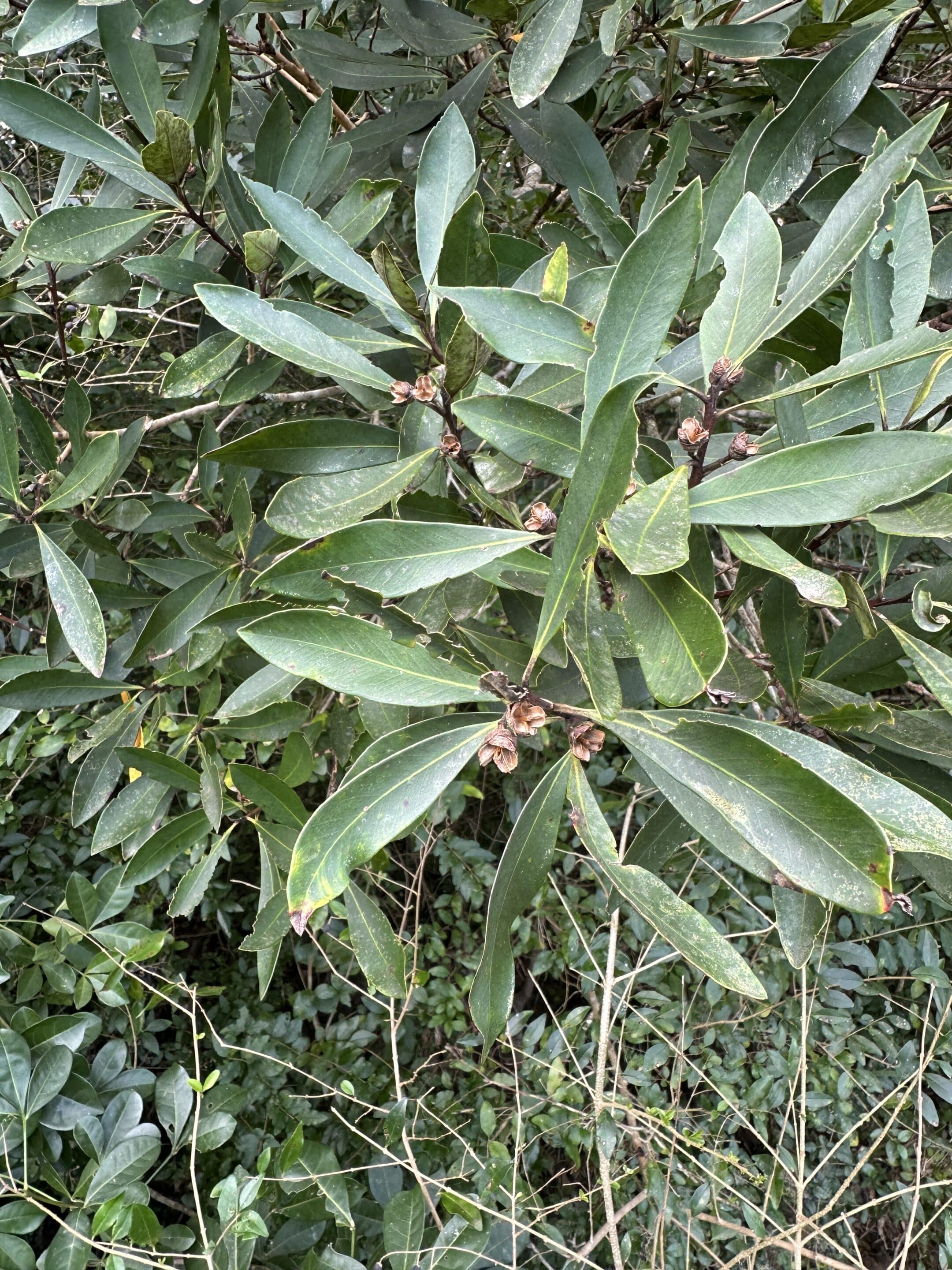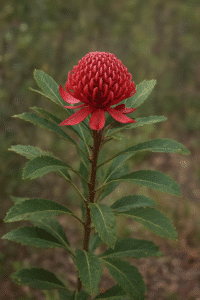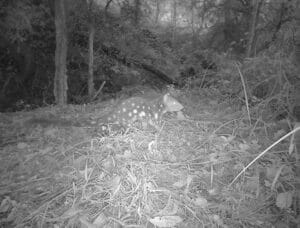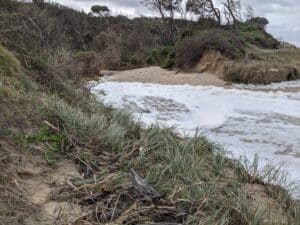Water Gum or Kanooka, Tristaniosis laurina
This small tree grows to 35m and is one of our flood-hardy heroes, and could even be called a riparian engineer! It is often bent and gnarled in appearance as a direct result of the influence of flood waters. It generally survives large inundations, but may be knocked over in the process. If it survives a major flood, it will then continue to grow, often sideways, along the creek bank. As with all of our native riparian species, Kanooka is well adapted to our fragile geology, with deep roots that cling on to the earth, even under the extreme duress of floodwater.
It is a member of the Myrtaceae Family, which includes our beloved Eucalypts, Lily Pillies, Paperbarks and Bottlebrush species. Along with its sister Myrtacean riparian species, such as the Weeping Lily Pilly (Waterhousea floribunda), the Brush Cherry (Syzygium australe), the Grey Myrtle (Backhousia myrtifolia) and Pink Tip Bottlebrush (Callistemon salignus) to name a few, Kanooka forms part of the wonderful Riparian Rainforest Plant Community that occupies the very discreet riparian zone and is common to many of our local creeks and rivers. Also in common with other Myrtacean plants is its ability to reshoot from epicormic buds after fire. All of these features make Kanooka an excellent candidate for inclusion in revegetation projects along creeks and river banks to future proof these zones in our ever changing climate.
Kanooka is characterized by tough leathery leaves that are glossy dark green on the top, and paler underneath, and are arranged alternately along the stem. It has small, but pretty yellow flowers that form in clusters at the end of branches. It flowers in summer, usually January-February. After flowering, small woody capsules, globular in form are produced and when ripe, the winged seed is released.

Along the Manning River earlier this year, Tristaniopsis laurina dropped its seed en masse, immediately after the floods. The timing of the seed release highlights nature’s intelligence, resilience and precise adaptation to the environment, and is cause for pause among all of us.
Article written Isabelle Strachan, July 2025




